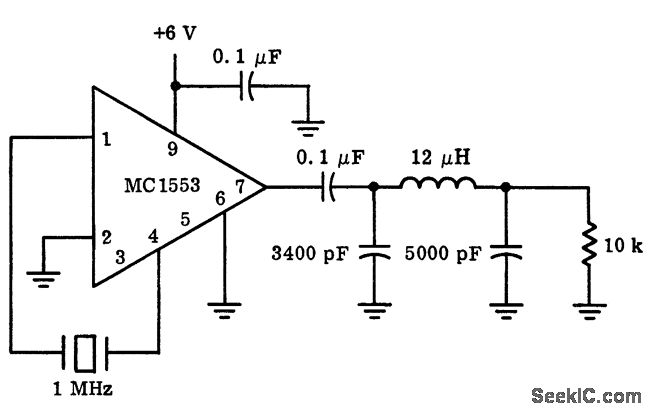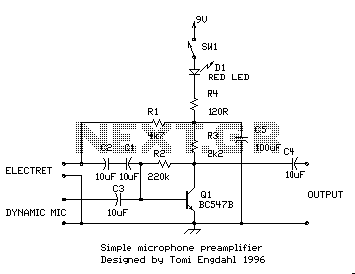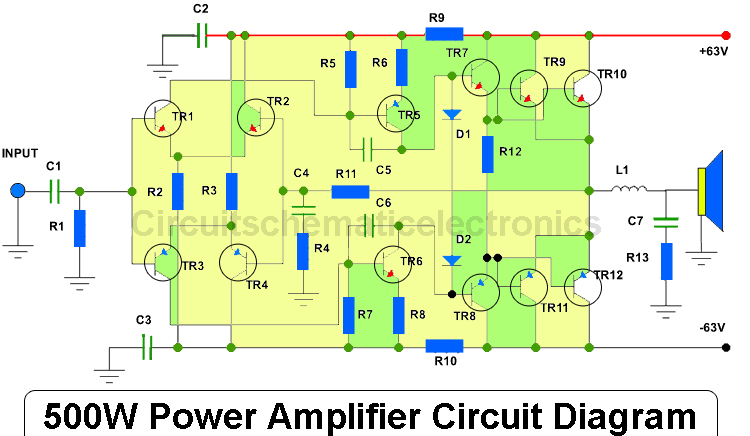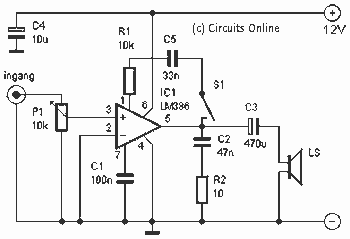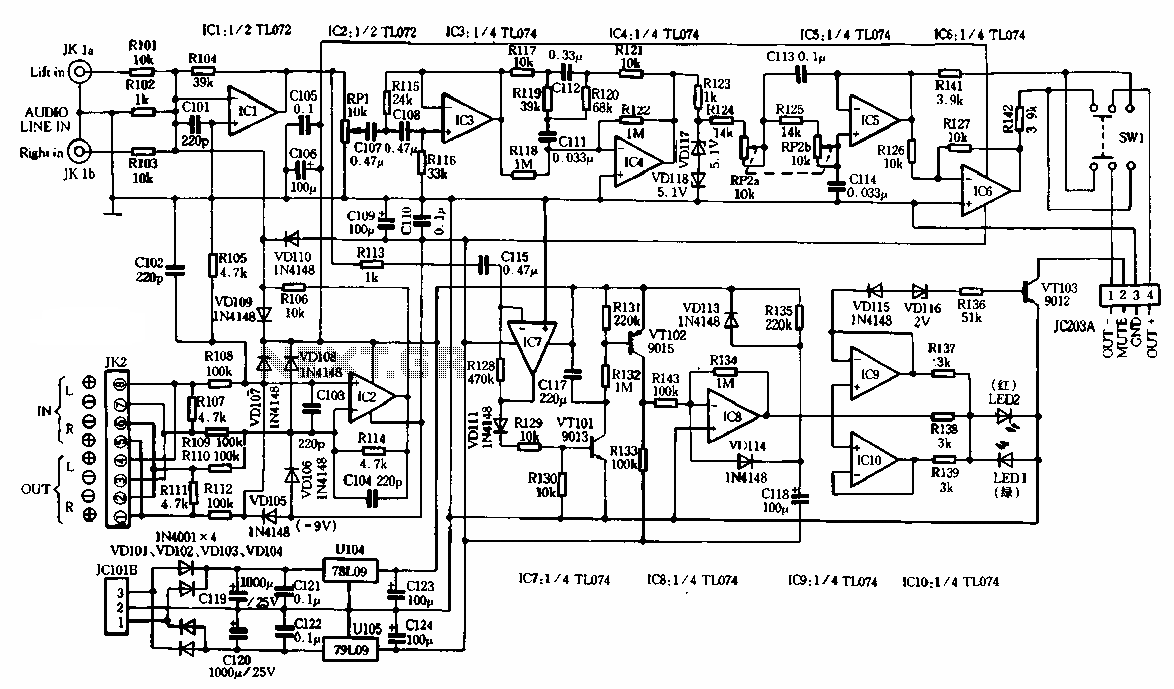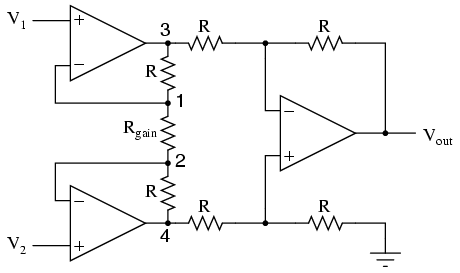
Choosing a Low-Noise Amplifier
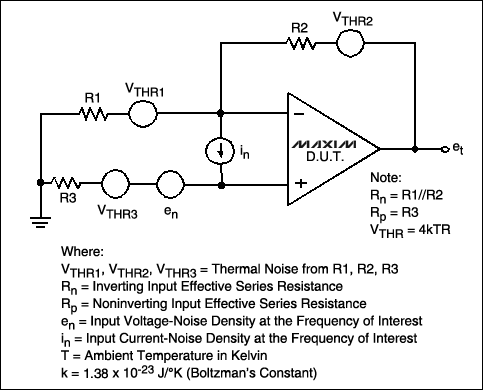
This article examines key parameters in choosing a low noise amplifier for low frequency analog applications such as buffering data converters, amplifying strain-gauge signals, and pre-amplifying microphone outputs.
Low noise amplifiers (LNAs) are critical components in various analog applications that require the amplification of weak signals while minimizing added noise. When selecting an LNA for low frequency applications, several key parameters must be considered to ensure optimal performance.
Firstly, the noise figure (NF) of the amplifier is a crucial metric. It quantifies the degradation of the signal-to-noise ratio (SNR) as the signal passes through the amplifier. A lower NF indicates better performance, as it contributes less noise to the amplified signal. For low frequency applications, an NF of less than 3 dB is generally desirable.
Secondly, the gain of the amplifier must be evaluated. The gain determines how much the input signal will be amplified. It is essential to choose an LNA with sufficient gain to overcome any subsequent stages in the signal chain while avoiding saturation. Typically, a gain range of 20 to 40 dB is suitable for most low frequency applications.
Input and output impedance are also significant factors. The input impedance should match the source impedance to minimize reflections and maximize power transfer. Similarly, the output impedance should be compatible with the load to ensure efficient signal transmission. Commonly, input and output impedances of 50 ohms or 75 ohms are used in many applications.
Another important consideration is the bandwidth of the amplifier. The bandwidth must encompass the frequency range of interest for the specific application. For instance, in buffering data converters, the amplifier should support the Nyquist frequency of the converter to prevent aliasing.
Additionally, power consumption is a critical parameter, especially in battery-operated devices. Selecting an LNA with low quiescent current can enhance battery life while maintaining performance standards.
Thermal stability and linearity are also vital, particularly in applications involving strain gauges and microphones, where signal integrity is paramount. A well-designed LNA should exhibit minimal drift with temperature changes and maintain linearity across its operating range to avoid distortion of the amplified signal.
In summary, selecting an appropriate low noise amplifier for low frequency analog applications necessitates careful consideration of noise figure, gain, impedance matching, bandwidth, power consumption, thermal stability, and linearity. Each of these parameters plays a significant role in ensuring that the amplifier performs effectively in its intended application, thereby enhancing the overall system performance.This article examines key parameters in choosing a low noise amplifier for low frequency analog applications such as buffering data converters, amplifying strain-gauge signals, and pre-amplifying microphone outputs.. 🔗 External reference
Low noise amplifiers (LNAs) are critical components in various analog applications that require the amplification of weak signals while minimizing added noise. When selecting an LNA for low frequency applications, several key parameters must be considered to ensure optimal performance.
Firstly, the noise figure (NF) of the amplifier is a crucial metric. It quantifies the degradation of the signal-to-noise ratio (SNR) as the signal passes through the amplifier. A lower NF indicates better performance, as it contributes less noise to the amplified signal. For low frequency applications, an NF of less than 3 dB is generally desirable.
Secondly, the gain of the amplifier must be evaluated. The gain determines how much the input signal will be amplified. It is essential to choose an LNA with sufficient gain to overcome any subsequent stages in the signal chain while avoiding saturation. Typically, a gain range of 20 to 40 dB is suitable for most low frequency applications.
Input and output impedance are also significant factors. The input impedance should match the source impedance to minimize reflections and maximize power transfer. Similarly, the output impedance should be compatible with the load to ensure efficient signal transmission. Commonly, input and output impedances of 50 ohms or 75 ohms are used in many applications.
Another important consideration is the bandwidth of the amplifier. The bandwidth must encompass the frequency range of interest for the specific application. For instance, in buffering data converters, the amplifier should support the Nyquist frequency of the converter to prevent aliasing.
Additionally, power consumption is a critical parameter, especially in battery-operated devices. Selecting an LNA with low quiescent current can enhance battery life while maintaining performance standards.
Thermal stability and linearity are also vital, particularly in applications involving strain gauges and microphones, where signal integrity is paramount. A well-designed LNA should exhibit minimal drift with temperature changes and maintain linearity across its operating range to avoid distortion of the amplified signal.
In summary, selecting an appropriate low noise amplifier for low frequency analog applications necessitates careful consideration of noise figure, gain, impedance matching, bandwidth, power consumption, thermal stability, and linearity. Each of these parameters plays a significant role in ensuring that the amplifier performs effectively in its intended application, thereby enhancing the overall system performance.This article examines key parameters in choosing a low noise amplifier for low frequency analog applications such as buffering data converters, amplifying strain-gauge signals, and pre-amplifying microphone outputs.. 🔗 External reference
